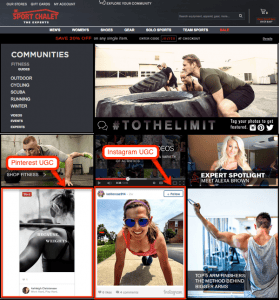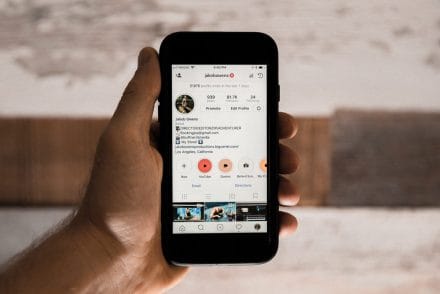User-generated content (UGC) is everywhere and can be an effective marketing tactic to increase engagement. Brands have begun to realize how beneficial it can be to tell their story using original images, videos and testimonials shared by real customers. It’s a fresh approach to generate buzz and demonstrate the brand’s community participation.
Where can you source UGC?
The best way to source UGC is to focus on the social networks your brand is already participating in. Instagram and Twitter are the most marketing friendly platforms for hashtag conversations and collecting public photos and videos. Facebook can also be a source of UGC if the brand has an engaged audience that will elicit a high response to Page posts requesting submissions in comments. Facebook is not search friendly for finding public conversations by people (not other Pages) that are re-sharable.
When it comes to the topic, you can either source brand or non-brand conversations topics that you want to be part of. For instance, if you are Bank Of America look for mentions of the “Bank Of America” or hashtag #bofa. A non-brand topic might be “smart spending” or “#smartspending.”
Source UGC for social marketing using this three-step process established at our agency:
1. Choose a unique hashtag your audience will identify with your brand.
A unique hashtag is one that you can measure and attribute to your marketing efforts. Search for the hashtag on the focus social network to establish if and how it’s currently in use.
2. Ask the audience to use your hashtag.
Promote the hashtag in social media, email, and the website with information on where to use it and why. Consider running a UGC contest to kick things off. It helps tremendously to promote it on in-store signage or receipts, if you can convince the brand team.
3. Set-up hashtag monitoring.
For monitoring realtime Twitter conversations we use saved keyword search feeds in our Sprout Social dashboard. A tool similar to Hootsuite. To source Pins login to Pinterest desktop directly to run a keyword search. Benchmark and collect hashtag conversations using Keyhole, a reasonably priced reporting tool for Instagram and Twitter hashtag data. While Instagram desktop does not provide a search feature, Iconosquare and Websta.me do. Along with a few other free tools that we love.
Where can you feature UGC in marketing?
There are two primary ways to use UGC in marketing. The first is to re-share content to your brand’s social media pages (with proper credit to the creator). Retweet, repin and use the “share” feature on Facebook. Instagram does not have a native re-sharing feature for photos so we like to use an iOS app called Repost. To give credit tag the user in your status update referencing which parts of the original post they’d created. Not only does this provide you free content, it gets noticed by the people being featuring which helps grow followers and engagement.
The second way to leverage user-generated content for marketing is to feature it on your website. The benefits of featuring UGC on a brand website are to:
- Reward audience engagement
- Let customers tell your story
- Increase time on site and engagement
- Increase social media engagement
We use UGC on community web pages of SportChalet.com (client) to recognize and reward social media followers and brand ambassadors using hashtag #tothelimit. It has proven to be a solid method for influencer outreach and audience activation.
To embed social media posts to a website you’ll simply need to grab an embed code. Pinterest provides a widget to embed individual pins or an entire board. Instagram has introduced web embeds, which provides embed codes directly from a photo within the desktop site. Look for a share button on the right side of the photo (just under the comments button). Twitter also provides the option to embed a post from Twitter.com Expand the menu of options at the bottom of the Tweet (looks like a … ) and select “embed tweet” to copy and paste the embed code into your web page. The embed code looks like this:
Marketing With UGC
User-generated content marketing benefits brands by supplying a steady source of free content, increasing engagement, and adding a voice to the website. An easy way to collect UGC is to establish a unique hashtag focusing on a social network the brand is already on. Then promoting it across marketing channels to encourage participation. With the right monitoring tools you’ll be able to source great photos, videos and testimonials to feature on the brand’s social media pages and website.






No Comments